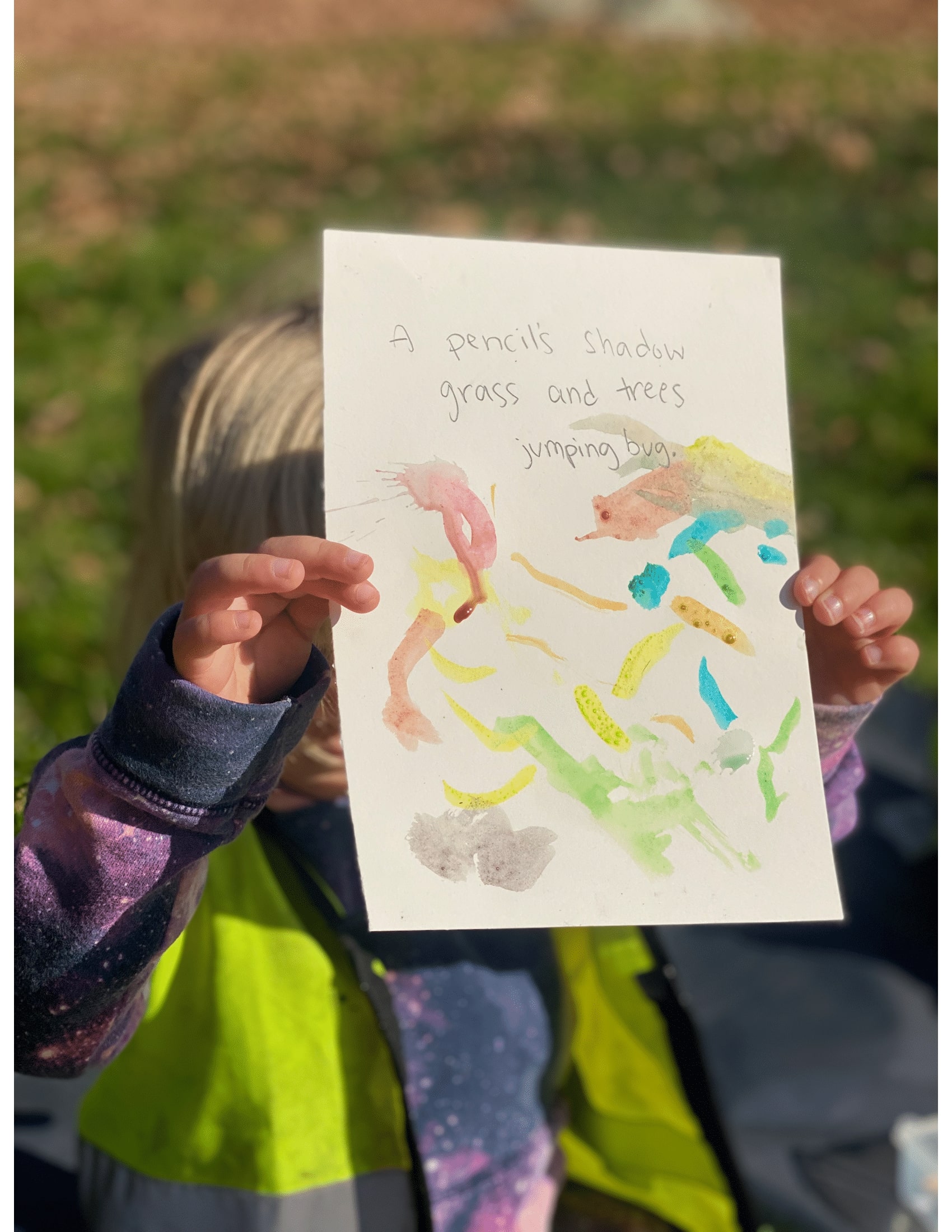
Can you Haiku?
Take a Haiku Hike, write a Haiku, and send it to the Arnold Arboretum for a special online exhibit! Haiku, a form of Japanese poetry, lends itself beautifully to the observation and recording of nature. It is made up of just a few words that tell a little story about what you see, what you think, or how you react to the world you enter when you go out your door. This spring, we’d like to share expressions of what nature means to all of us—at every age—through the power of words and images. Learn more about haiku below, and see submission guidelines for our online photo exhibit at the bottom of this page. Have fun!
What is Haiku?
Many haikus have a set form of three lines, with five syllables in the first line, seven in the second, and five in the last line like this:
on the patio
Patricia J. Machmiller
the afternoon drifts along
with the butterfly
But you don’t have to stick to that form, here’s another haiku that doesn’t follow the usual form:
i catch
John Wills
the maple leaf then let
it go

Notice how the poet made extra space in the second line to emphasize what is happening. With haiku, you experiment. Don’t worry about punctuation or capitalization. A Haiku’s lines can all work as one thought:
ground squirrel
Don Eulert
balancing its tomato
on the garden fence
Or the first and second lines might be separate thoughts or observations. The third line sums up (connects) the first two lines by showing how they relate, like this:
pink crabapple buds
Anonymous
scilla a pond of blue flowers
spring arrived today
Now, Haiku.
Go on out your door and let your eyes, ears, nose, or hands wander. See, listen, touch, smell nature in the world around you and find the words that describe what you see or hear or know.
Write your Haiku, perhaps in the 5-7-5 syllable format, or in your own three-line format that mirrors how you translate nature into words. Let yourself be surprised, and perhaps, add surprise to your Haiku, if it takes you there, like this:
World is vast and wide.
So much out there to explore.
Right now, let’s eat lunch.

How to Submit
- Write your Haiku on a piece of paper or board (8 1/2“ x 11” minimum size).
- Use markers, crayons, pen, brush, or pencil.
- Just be sure it is large enough and legible enough to be read.
- Hold the paper in front of your face (so your identity will be a mystery to everyone but you!) for a photo or selfie.
- Your image should be close in around your head and shoulders so text is legible (see example on this page).
- Email the image to arbweb@arnarb.harvard.edu.
- Include first name of adult or child, and age of child. Include your state if outside Massachusetts.
Images will be published as a special online exhibit. Prepare to be a “published” poet!
You observe the world
Nature’s breath breathes in your smile
We all smile as one
